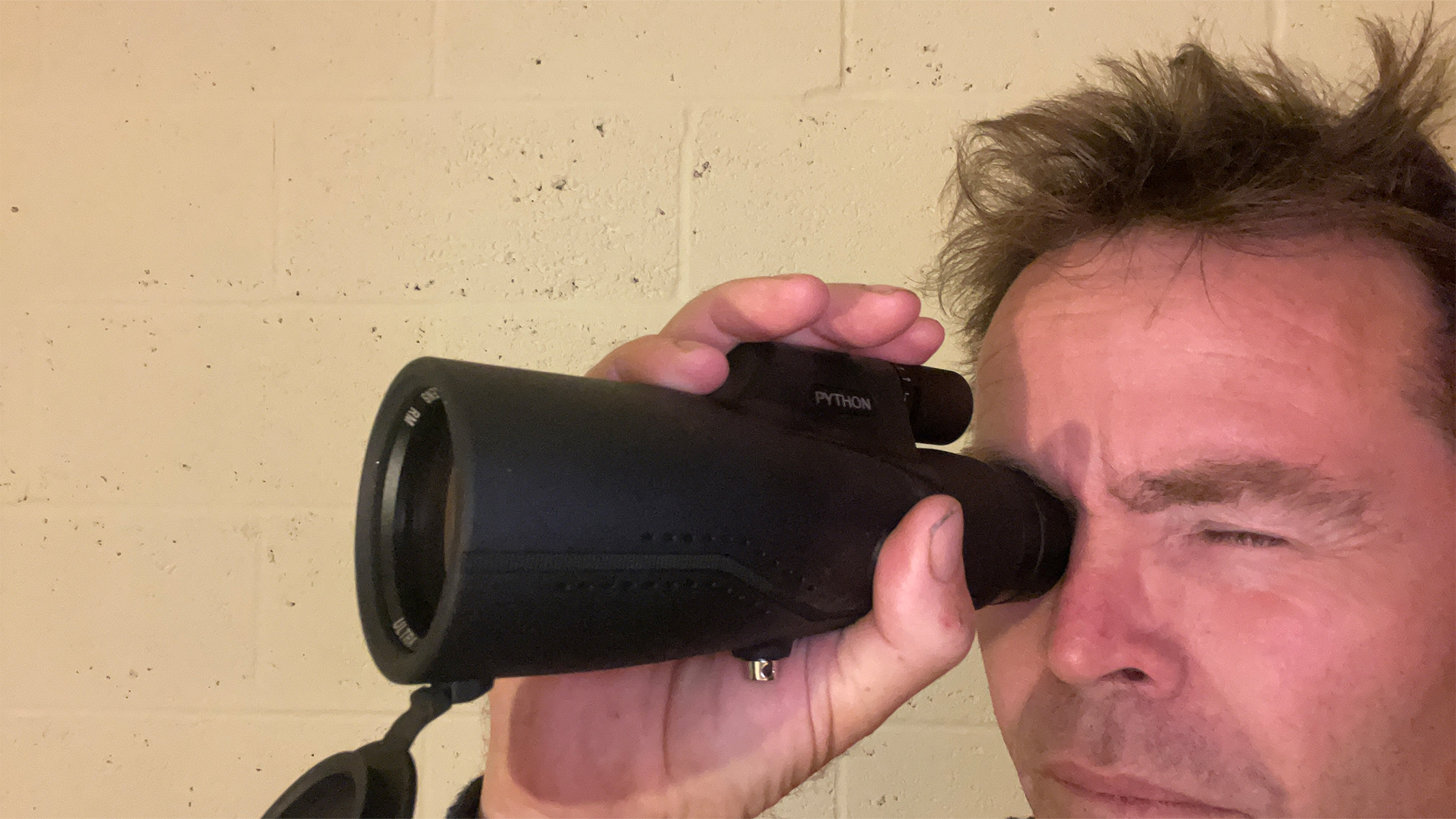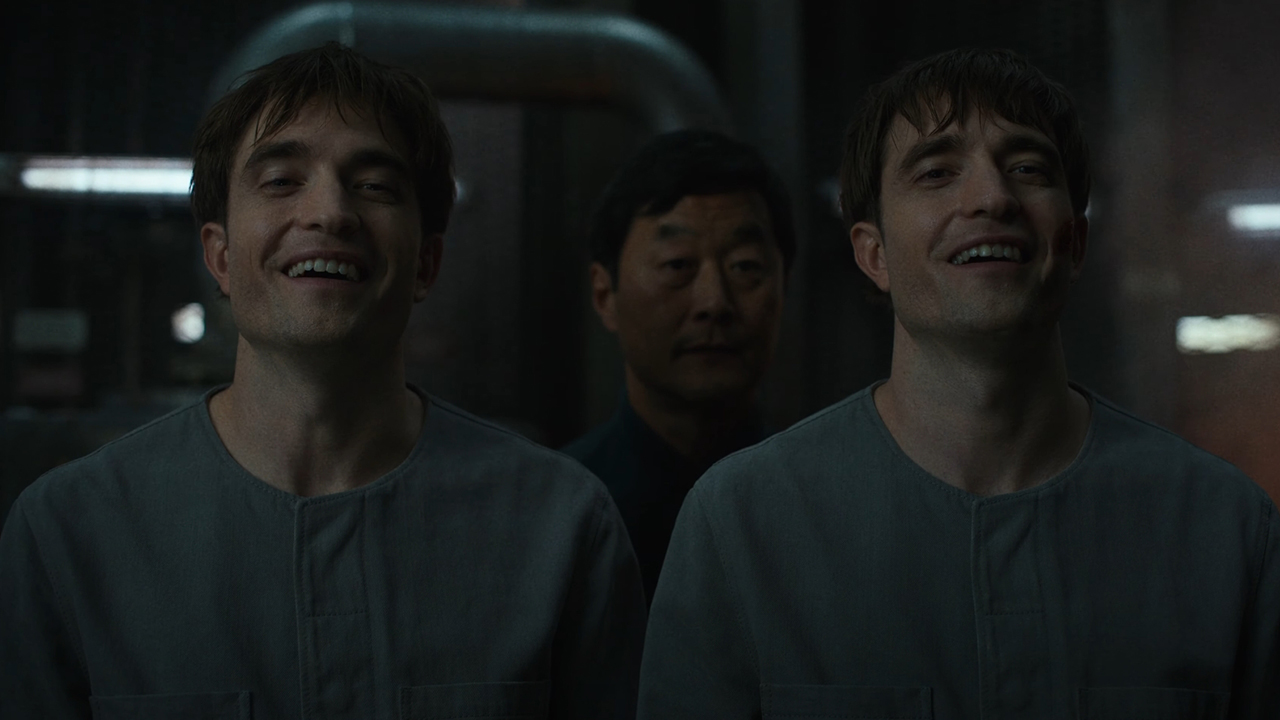How to use monoculars for stargazing
Monoculars offer a highly portable option for powerful stargazing wherever you are. Our handy guide will help you use them to spot objects in the night sky.

Monoculars are basically a half pair of binoculars and can be a super compact way for you to enjoy stargazing wherever your travels take you. Because of their small size, monoculars are highly portable, meaning that you don’t have to worry about lagging a heavy telescope to a dark sky site to enjoy some skywatching.
Monoculars use a lens and prism system to magnify an image for the user. They are great for beginner stargazers due to their simple operation: Point your monocular at your subject, and look through it. Operating monoculars with higher magnification requires a tripod to keep the view from wobbling, but they enable deep-sky viewing. Depending on what you need a monocular for, there are a range of different monoculars to choose from. They boast a whole range of benefits including night vision, high color fidelity, and rugged durability. Whichever monocular you are using, this guide will help you track down stars in the night sky.
Technique
How to focus on stars with a monocular
Ideally, pick a monocular with a minimum objective lens diameter of 50mm. This will allow enough light to reach the eyepiece.
If the device is digital, adjust the shutter speed and exposure length to settings that allow enough light to hit the sensor. Remember that the longer the shutter stays open, the more you need to stabilize the monocular to avoid blurring the image.
Consider using two hands to steady the monocular or use surrounding objects like fences or walls to lean against while composing your image.


Orientation
If your vantage point is in the mid to high-latitude northern hemisphere, which includes the UK and America, then the best find is the Plough (or the Big Dipper in the USA). This group of seven stars never goes below the horizon and is fairly bright, perfect for stargazing on a clear night at any time of year. To locate the Plough, you just need to know where north is from where you are looking. Using a compass is ideal; most smartphones now include a basic compass.
The Plough doesn't rise and set like the sun and moon; it is always there 365 days of the year, which makes it one of the best patterns to learn. You can use the Big Dipper to find Polaris (the North Star). Once you do this, you will have completed your first star hop.

The southern hemisphere has a whole host of bright stars visible with a monocular. These seasonal upside-down constellations include the Milky Way, where Alpha Centauri is the third brightest star in the nighttime sky.
As you move into finding more dark sky objects with a monocular, the size of the magnification and objective lens diameter will increase. This, in turn, creates stability issues as bigger magnification amplifies wobble. Using a tripod can help to stabilize things but does introduce other problems. Bending down to view the night sky through a tripod-mounted monocular isn't ideal and can cause neck pain. This is because of the angle desired to observe the night sky. It is a trade-off for stabile-focused images with a tripod or more comfort and flexibility while holding the monocular.
How to find the best location to use your monocular for stargazing
The best areas for stargazing are those with low levels of light pollution. If it's not possible to travel to a location, then you can still find out what your location is like for this particular problem using the Bortle scale. This nine-level numeric scale measures the night sky's brightness in a particular location. One is the darkest skies with zero to no light pollution, compared to nine — very high levels of light pollution.
Many of the best stargazing apps use this scale, enabling you to work out what number your area has. This can help you work out what stars you should be able to see from any given place.
Remember a few simple things when looking for a good spot for stargazing. These include areas of open space with clear views of the horizon.
What season are you in? This affects what you can see relative to your location. The Milky Way is best in the spring if you are in the northern hemisphere, and the northern lights are best in the winter. Weather conditions play a large part in stargazing. Cloudy nights make it difficult to see stars.
Find out how much light pollution there is in your area by using one of the many online websites with light pollution maps. There are many great locations for astrophotography and skywatching wherever you are on the planet!

Are night vision monoculars worth it?
Night vision monoculars have seen vast technological improvement over the last few years, but are they worth it for stargazing? Generation three night vision monoculars can be used for stargazing. These devices can see a far greater spectrum of light than the human eye and are particularly useful in areas of high light pollution. You can now record and store on memory cards with digital night vision monoculars, further enhancing their nighttime ability.
What else do I need to know?
If you use spectacles, adjust the eye relief on the monocular so that you have as big a field of view as possible while maintaining comfort. Ideally, the eyecups should have rubber surrounds rather than the plastic ones included on cheaper models. Make sure your tripod has rubber feet to increase stability. It's also a good idea to have a headlamp so that you can safely set up your equipment in the dark.

Follow us on Twitter @Spacedotcom and on Facebook.
Join our Space Forums to keep talking space on the latest missions, night sky and more! And if you have a news tip, correction or comment, let us know at: community@space.com.
Get the Space.com Newsletter
Breaking space news, the latest updates on rocket launches, skywatching events and more!

Matt Morris is a keen astronomer, wildlife watcher and photographer living in Somerset, UK. He started stargazing and birdwatching at the age of 10 with his father who took him to bird hides and nature reserves around England. This sparked his interest in cameras and optics, a passion that has now spanned the better part of four decades and led to his being featured in several national photography magazines for competition-winning photos.










